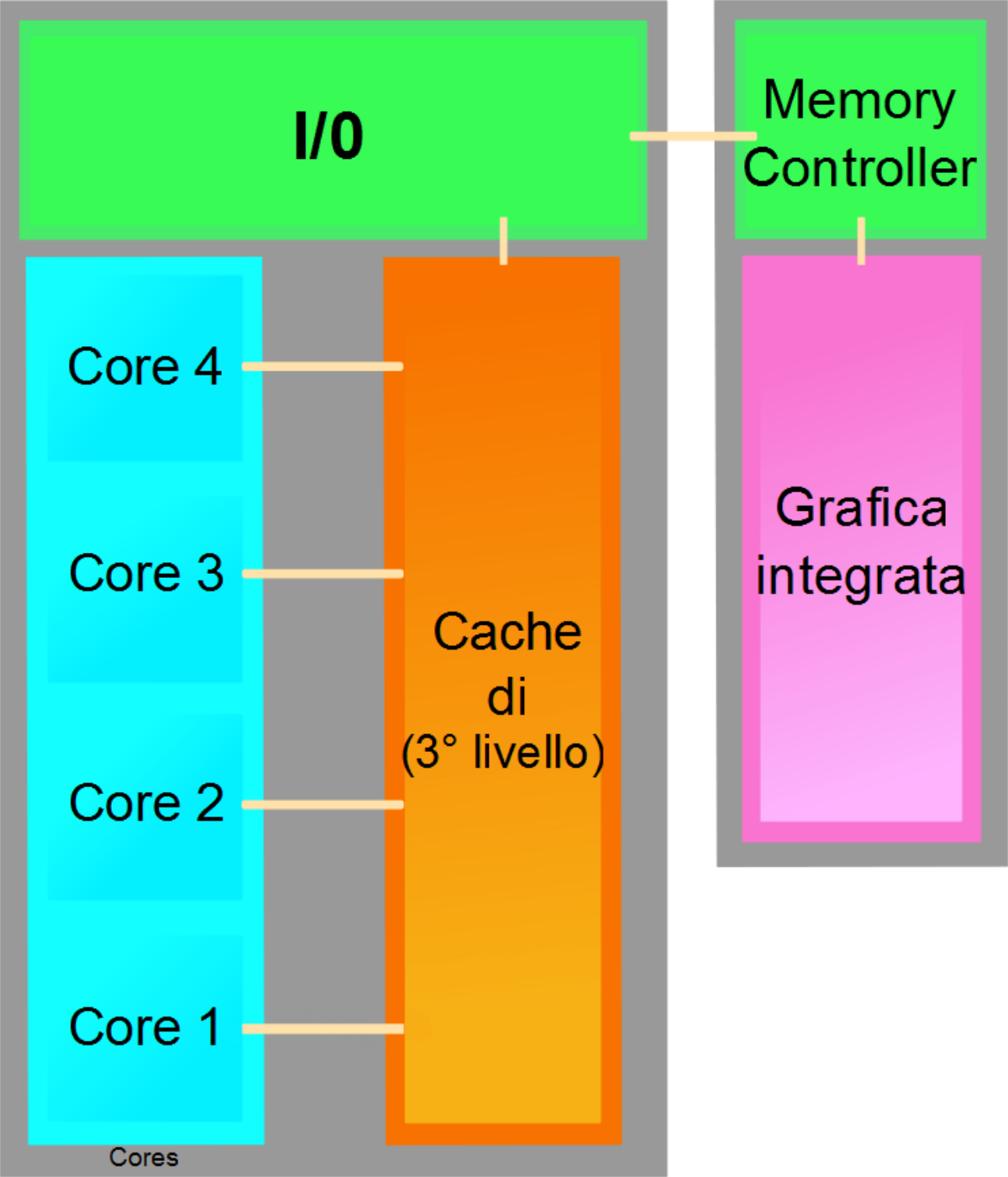I selected the N4000 because it made it easy to compare to a C2D (dual core, tends to run over 2Ghz on those tests),
the N4000 is from 2017/2018 and is commonly found now in under $100 devices, so not really a point to compare it to higher end hardware, there are faster CPUs from the same family of products (quad cores, higher clocks)
it's probably not a very good CPU, but it's as good or better (specially if running with the IGP) than a C2D that isn't clocked much higher.
I've been thinking more about the N4000, vs some of the machines I have in this house and their Geekbench scores, in the context of basic entry level usage (surfing, email, Netflix, etc).
440/800 - 1.1/2.6 GHz dual-core Celeron N4000
A. 200/360 - 1.3 GHz dual-core Pentium SU4100 (2009 11.6" Windows 10 laptop)
B. 330/600 - 2.26 GHz dual-core Core 2 Duo P8400 (2009 13" MacBook Pro)
C. 370/1270 - dual 2.66 GHz dual-core Xeon 5150 (2006 Mac Pro)
D. 730/1570 - 1.2 GHz dual-core Core m3-7Y32 (2017 12" MacBook)
E. 770/1420 - 2.34 GHz A10 (2019 iPad 10.2")
F. 845/2300 - 2.34 GHz A10X (2017 iPad Pro 10.5")
A. The Pentium SU4100 is essentially a slow Core 2 Duo, but the thing is basically unusable. Even with SSD and just running a single browser with no background tabs, it is so slow that I want to throw it in the garbage.
B. The P8400 is usable in 2020, but it is annoying slow at times, even for just basic usage. Don't try to surf on it with ads, because it bogs right down (even with 8 GB RAM and SSD). To make it decent, you need an ad blocker. Also, you can't run an always-on virus scanner on it because the overhead is too much.
C. I haven't had a lot of time to put the 2 x dual-core Xeon 5150 (65 W) Mac Pro through its paces yet, but for basic surfing (without a virus scanner) it is very decent even with ads active. I'd be fine with this level of performance if my workplace gave me one of these for office work. BTW, I had contemplated upgrading this thing to a dual 2.0 GHz quad-core Xeon L5335 (50 W), which would probably bring its Geekbench 5 score up to around 300/1800ish. However, I'm thinking this may almost be pointless for a surfing machine, as it's a significant downgrade in single-core performance, and the extra 4 cores might not be as beneficial as they could be unless you're multitasking more heavily. The more logical upgrade would be to something like the 2.33 GHz E5345 (80 W) or the 2.66 GHz X5355 (120 W) but at the risk of more fan noise, esp. with the latter chip.
D. For the 2017 Core m3 MacBook, it's good for this type of stuff. I'm happy with it and have no desire to upgrade any time soon. Not blistering fast but more than fine.
E. I find the A10 iPad's performance good too. Again, not blistering fast but more than fine.
F. The A10X iPad Pro is very good. The only time I notice any real slowdowns is if I'm trying to edit video or something.
Judging by all of the above, I would have a hard time recommending the N4000 to anyone buying a new machine in 2020, unless budget was the overwhelming concern.
If we are talking about a hypothetical Core 2 class chip shrunk down to use in 2020, I think it'd need to be a much higher clocked dual-core chip, or else Core 2 Quad.
BTW, which chips have SSE4.2 support?
I would love to see the Q6600 shrunk down, i love that processor. I used one last year in fact, it felt just fine with W7 with a ssd and a gtx650 and 8gb of ram. It was in a Dell inspiron 530 i believe or the 520, i did a tape mod to the G0 Q6600 and got 3ghz. Got to love that right?
According to Geekbench 5, the dual Xeon 5150 Mac Pro above is roughly equivalent to a Core 2 Quad Q9400 at stock clocks.





